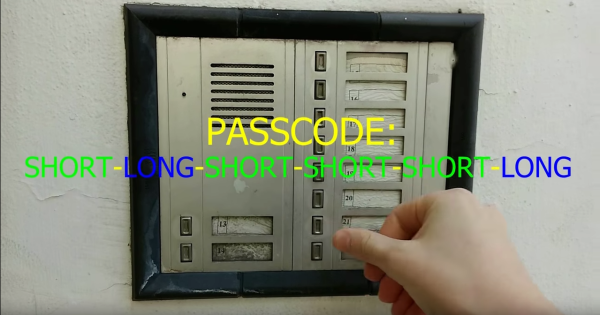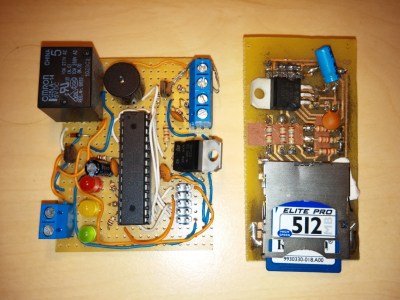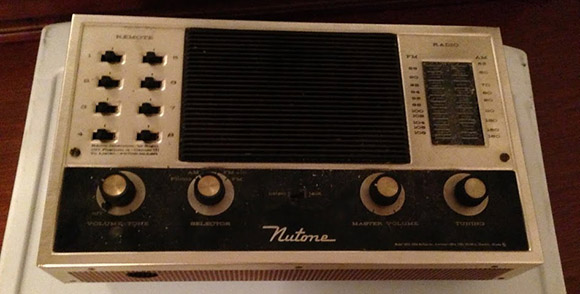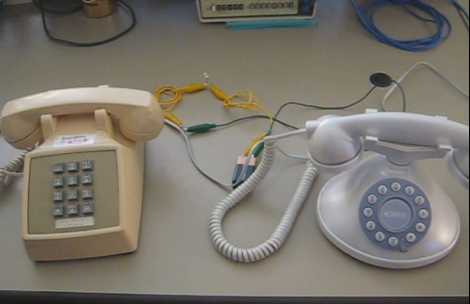If you own a house that was built in the 1970’s, you might still have the remnants of a home intercom system on the walls of each room. They were consider the end-all-be-all of “home automation” back in the day. Now, they look dated and out of place (but still kind of retro-cool at the same time). [Cpostier] decided that he wanted to keep his old intercom system, but give it an update with a Rasperry Pi and a 7 inch touch screen, and the results are totally groovy, man.
The original unit served two functions, as an intercom system, and also as a whole house music player. [Cpostier] wasn’t interested in the intercom feature, and so he started with the traditional gutting of the 70’s dried up electronics. Each room received a new $7 speaker (from Amazon), and the main control panel was fitted with a Pi, TFT touch screen, and new amplifier. The Pi is running Kodi (formerly know as XBMC) and along with it being a great media player, it can also show weather data, or what ever else you would like.
Something magical happens when you blend new tech with old tech – we totally dig it.



 The design is pretty simple – an ATMega328P to snoop on the analog phone ringer in the apartment when the intercom call button is pushed, and a relay wired in parallel with the door switch to buzz him in. For added security, the microcontroller detects the pattern of button presses and prevents unwanted guests from accessing the lobby. Things got really fun when [Paweł] added a PCM audio module to play random audio clips through the intercom. As you can see in the video below, an incorrect code might result in a barking dog or a verbal put-down. But [Paweł] earns extra points for including the Super Mario Bros sound clip and for the mashup of the “Imperial March” with “The Girl from Ipanema”.
The design is pretty simple – an ATMega328P to snoop on the analog phone ringer in the apartment when the intercom call button is pushed, and a relay wired in parallel with the door switch to buzz him in. For added security, the microcontroller detects the pattern of button presses and prevents unwanted guests from accessing the lobby. Things got really fun when [Paweł] added a PCM audio module to play random audio clips through the intercom. As you can see in the video below, an incorrect code might result in a barking dog or a verbal put-down. But [Paweł] earns extra points for including the Super Mario Bros sound clip and for the mashup of the “Imperial March” with “The Girl from Ipanema”.














